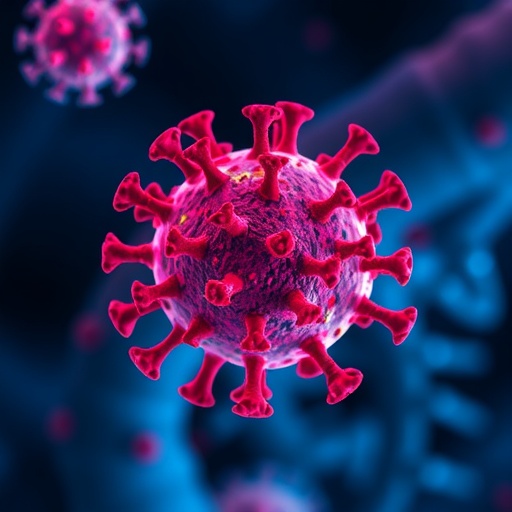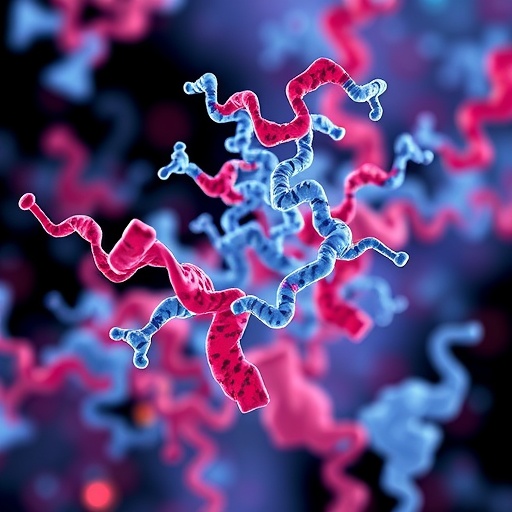Genetic variations appear to pre-dispose children to developing certain severe forms of neuroblastoma, according to new research by the University of Chicago Medicine. The findings lay the groundwork for developing more targeted treatments for particularly deadly variations of the cancer.
Neuroblastoma affects about 1,000 children in the United States per year. Patients are placed into different risk categories for their disease. Each risk category determines the intensity of the treatment regimen and likelihood of a patient's survival. Children in lower-risk categories experience a roughly 95 percent survival rate with minimal treatment. But, if a child is classified as high-risk, the survival rate falls to approximately 50 percent even with an aggressive treatment plan that includes high-dose chemotherapy, surgery, stem cell transplant, radiation and immunotherapy. One common indicator of high-risk cancer is if a child has extra copies (amplification) of a gene called MYCN (pronounced mick-N).
The findings, published in the Journal of the National Cancer Institute, are the first to look at genetic predispositions of why some children develop MYCN-amplified neuroblastoma tumors and others develop non-MYCN-amplified tumors.
"If we can understand the genetic events causing the development of these different types of tumors, we can point away from certain types of treatments and refine the therapies we recommend," said Mark Applebaum, MD, assistant professor of pediatrics at the University of Chicago Medicine.
Applebaum and his team analyzed baseline genetic characteristics of about 3,200 neuroblastoma patients around the country. The team studied the patients' inheritable genetics and associated them to the type of neuroblastoma they developed. The results showed that common genetic variations in patients predisposed them to developing different neuroblastoma genotypes, including the likelihood of developing MYCN-amplification.
"Associating patient genetics with tumor genotype is a relatively new idea," said Applebaum. "We tried to link germline characteristics with MYCN-amplified versus non-MYCN-amplified tumors."
Further studies are needed to build on the research and eventually develop targeted treatment regimens for children with varying high-risk neuroblastoma tumors.
###
UChicago Medicine's Comer Children's Hospital has a long record of caring for children with cancer, including hundreds of neuroblastoma patients. Led by Susan Cohn, MD, an internationally renowned expert in the disease, the hospital built a specific area dedicated to treating children with neuroblastoma. A team of faculty members is devoted to its research.
The study, titled "Evaluation of Genetic Predisposition for MYCN-Amplified Neuroblastoma," has been published online and will be available in the October edition of JNCI. Additional authors include: Eric Hungate, Andrew Skol, Zalman Vaksman, Maura Diamond, Lee McDaniel, Samuel Volchenboum, Barbara Stranger, John Maris, Sharon Diskin, Kenan Onel and Susan Cohn.
The study was supported in part by the Neuroblastoma Children's Cancer Society, the Children's Neuroblastoma Cancer Foundation, the Matthew Bittker Foundation, the Elise Anderson Neuroblastoma Research Fund, the Cancer Research Foundation; and the Conquer Cancer Foundation of the American Society of Clinical Oncology and the National Institutes of Health.
Media Contact
Kat Carlton
[email protected]
773-256-7173
@UChicagoMed
http://www.uchospitals.edu
############
Story Source: Materials provided by Scienmag




